Laboratory Thermometers: The Importance of Accurate Temperature Measurement in Scientific Research
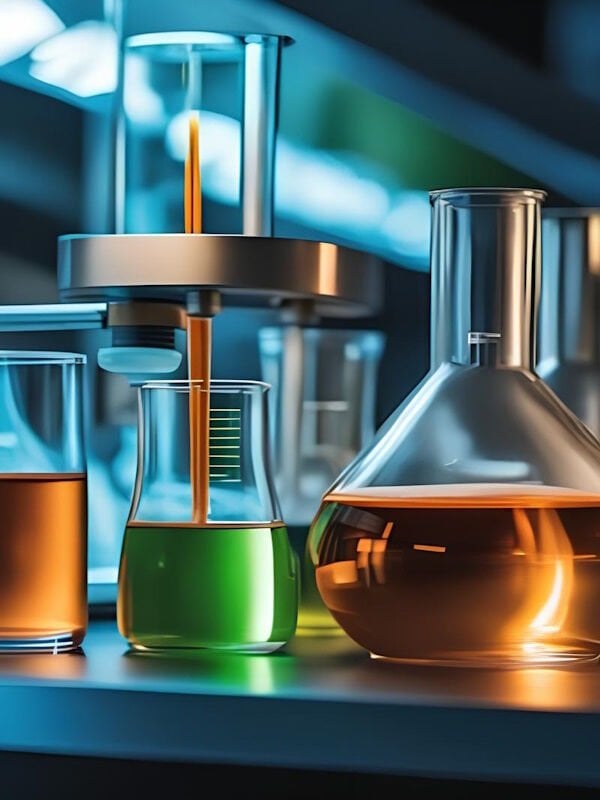
A thermometer is a scientific instrument designed to measure temperature.
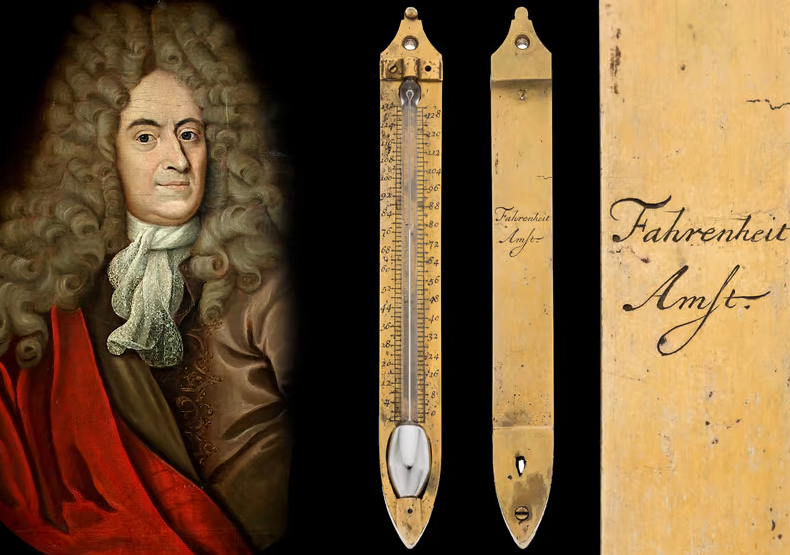
The general principle of thermometers is based on the expansion of flexible materials, especially liquids, in response to heat transfer. When two objects with different temperatures come into contact, they exchange heat until their temperatures equalize. When the substance inside the thermometer comes into contact with the material we want to measure, if that material is hotter, it will absorb energy and expand; if it is cooler, it will lose energy and contract. By observing this change, we can determine the temperature of the substance we want to measure.
In everyday use, liquid thermometers, particularly mercury thermometers, are preferred. Since mercury has a relatively high freezing point, it cannot be used effectively in very cold regions; in such places, alcohol thermometers with a lower freezing point are used.
Although not commonly preferred, gas thermometers also have their applications. The temperature can be determined by observing changes in the volume or pressure of the gas in response to temperature changes. The advantage of these thermometers is that they respond quickly and significantly to even the smallest temperature changes, allowing for the observation of minor variations.
Metal thermometers are used for measuring high temperatures in industrial settings, despite their lower sensitivity. Similarly, nitrogen thermometers can measure temperatures up to 1600 degrees. For temperatures higher than this, infrared thermometers, known as pyrometers, are used. These thermometers measure temperature without direct contact with the material, relying solely on radiation.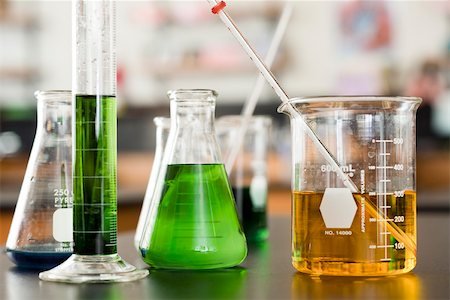
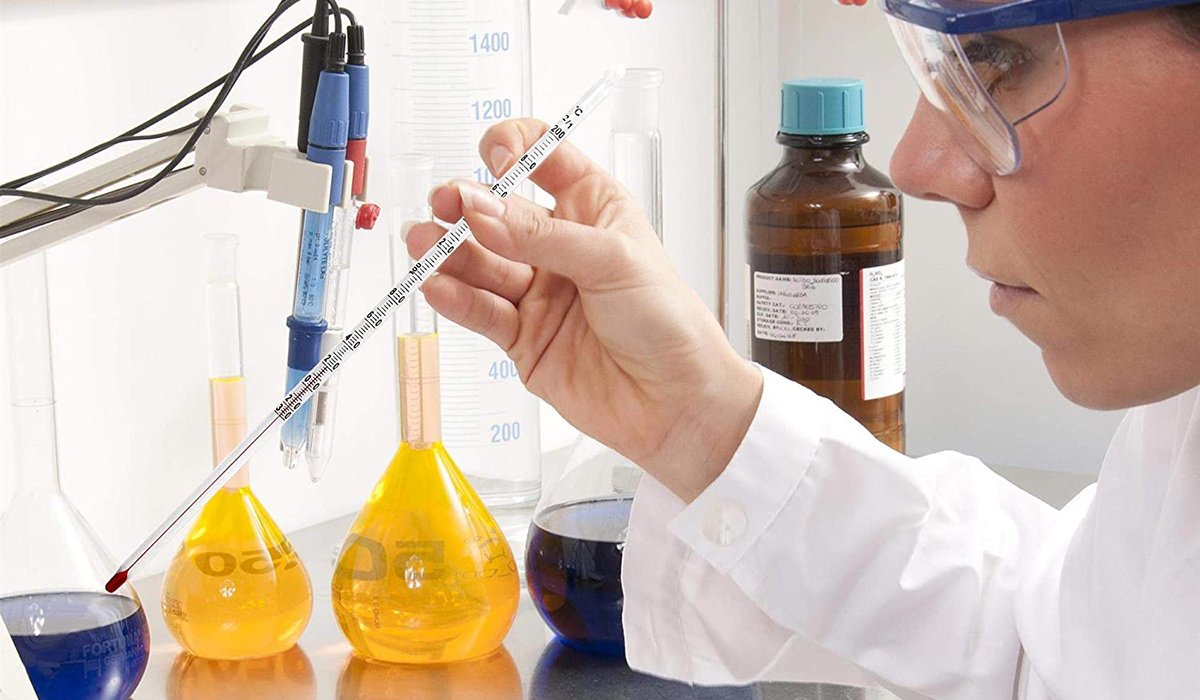
The concept of measuring temperature dates back to ancient times, but the first device that could be called a thermometer was invented in the early 17th century. Known as a thermoscope, this rudimentary device was improved upon by Italian scientist Galileo Galilei, who used alcohol as the temperature-sensitive liquid.
However, do you know who is known as the Father of Thermometer?
Daniel Gabriel Fahrenheit is known as the Father of Thermometer because he invented the first reliable mercury thermometer in 1714, also introduced a standardized temperature scale, known as the Fahrenheit scale, in 1724. He introduced the Fahrenheit scale, which divided the freezing and boiling points of water into 180 intervals.
Daniel Gabriel Fahrenheit's contributions have had a lasting impact on science and technology, shaping the way we understand and measure temperature to this day. His work laid the foundation for modern thermometry.
Later on in that same century, the inventor Anders Celsius developed a numerical scale, called the Celsius or Centigrade scale. The first real medical thermometer was invented by Sir Thomas Allbut in 1867.
For almost a hundred years thermometers were basically unchanged. Today modern thermometers use some type of electrical sensors to measure temperature but the same numerical scales developed in the 1700’s by Fahrenheit and Celsius are still being used. 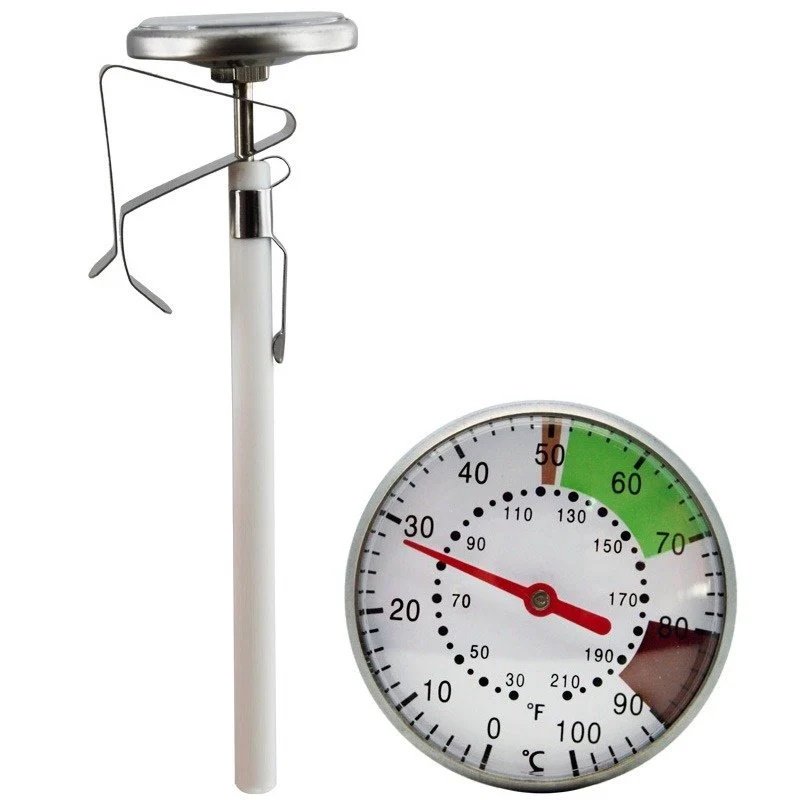
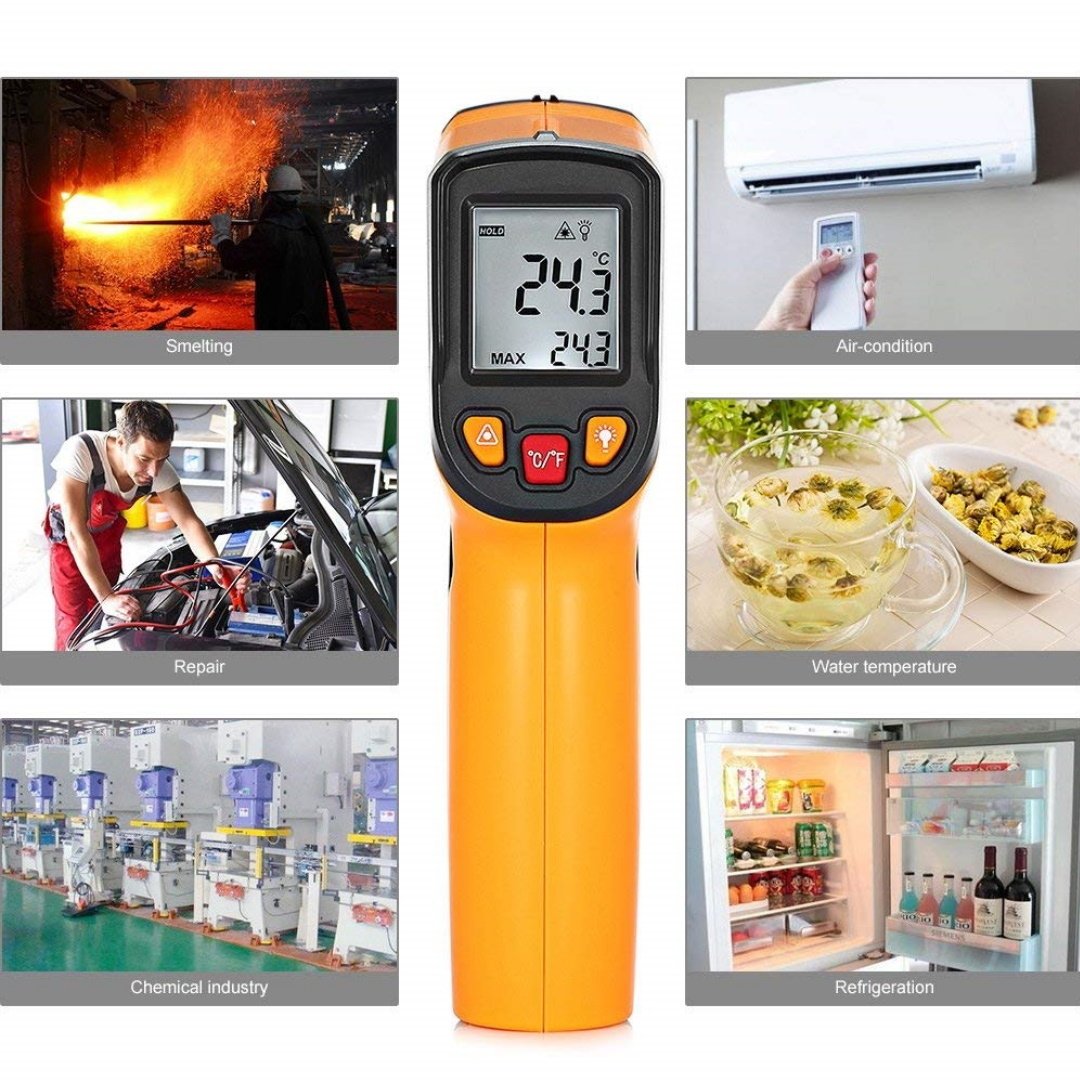
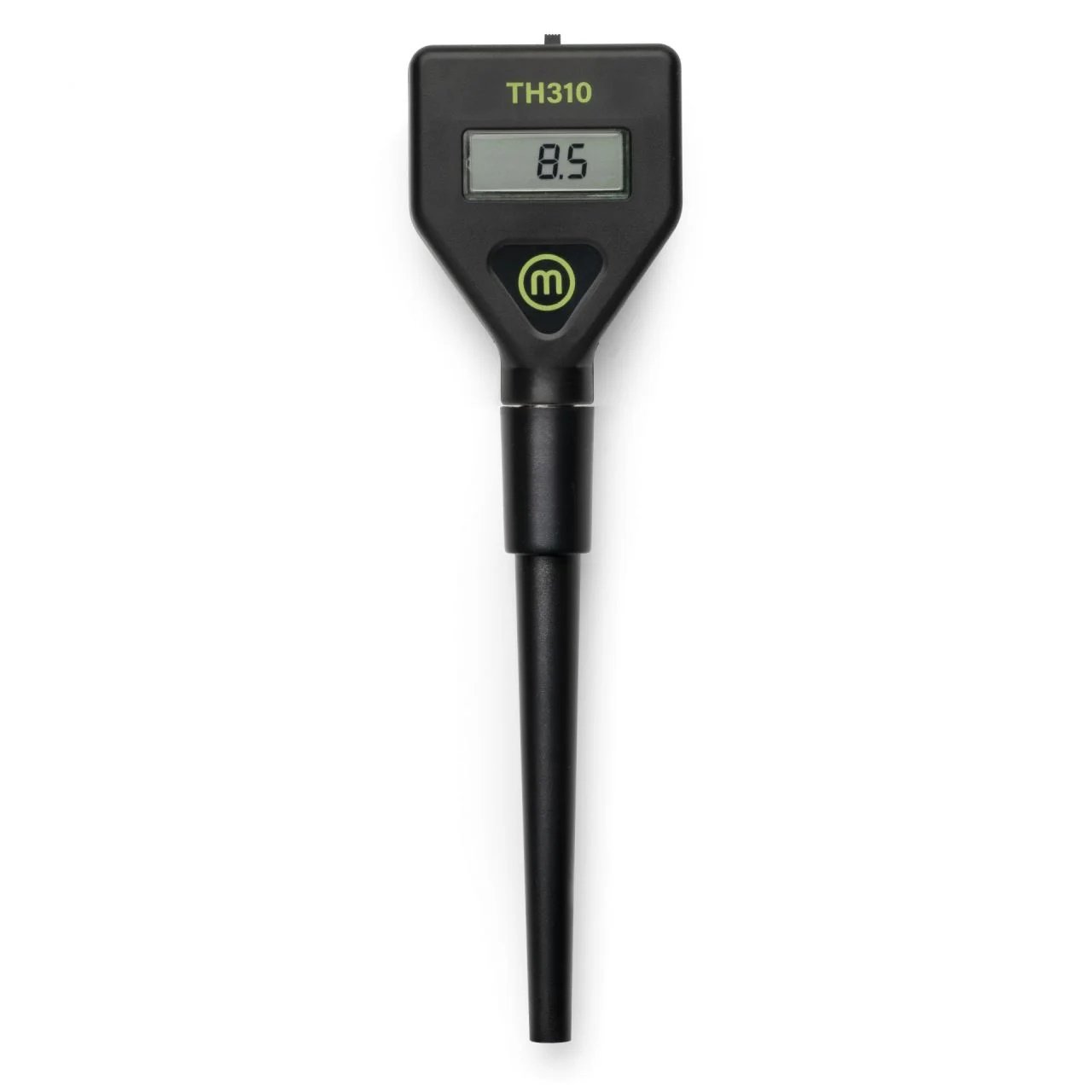
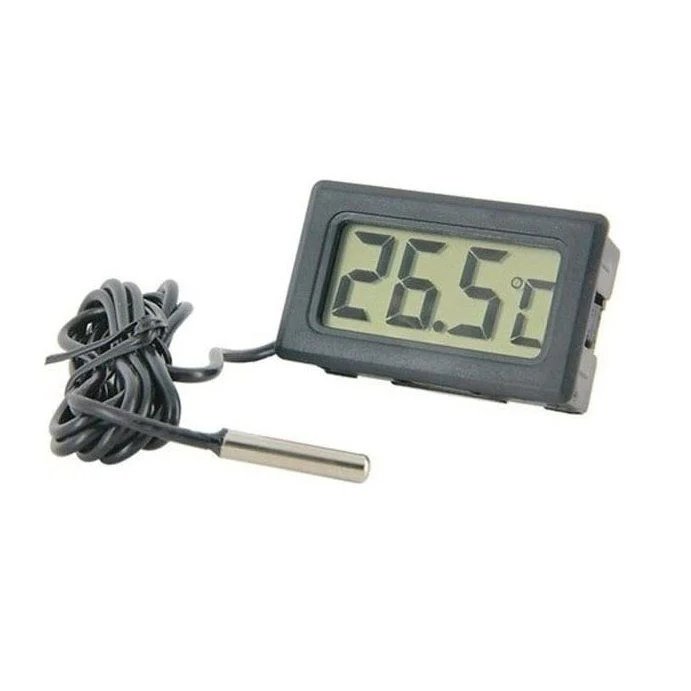
Visit our website to view all thermometer types that suit your needs.
